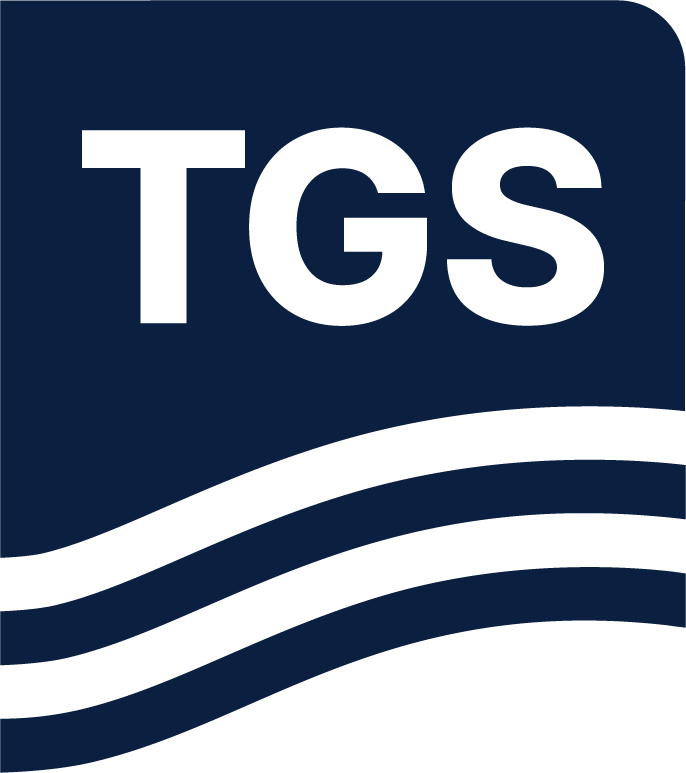Ocean Bottom Node (OBN) data can be acquired using blended acquisition or simultaneous shooting that allows temporal overlap among different sources. A higher blending ratio can help reduce the acquisition cost more, but also poses more challenges in separating the signal from the blending noise. We demonstrate a case study of deblending in an ultralong-offset OBN survey with six simultaneous sources utilizing a hybrid approach. The approach includes a rank minimization based denoise and local window FK based inversion. The effectiveness of this deblending approach is confirmed by RTM migration QC.
Technical Library

